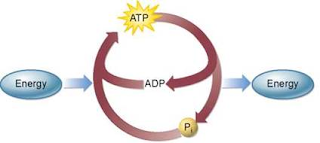In November
of 1867, Maria Skłodowska, today more commonly known as Marie Curie, was born
to a polish family in Warsaw. She grew up in a well educated home, where
learning was highly valued. Throughout her life, Marie Curie made many great
scientific discoveries that helped the advancement of the atomic theory. These
include her discovery of polonium and her discovery of radium. These
contributions altered history.
The
discovery of polonium began with Marie Curie experimenting with pitchblende, a
radioactive mineral. She noticed that unrefined pitchblende was more
radioactive than the uranium that she separated from it. She concluded that
pitchblende contained at least one other radioactive element. Curie had to
refine several tons of pitchblende to receive tiny amounts of polonium. One ton
of uranium contains only 100 micrograms of polonium. She officially discovered
this element in France in 1898.
Marie
Curie’s next discovery was radium. She devised a way to separate radium from
its radioactive residues. This made it possible for her to study the
therapeutic properties of radium, which became one of her main interests. Marie
Curie had to extract radium in the form of radium chloride, out of a substance
called uraninite. Like she did with Polonium, she extracted uranium from this
substance and found it was still radioactivity, so she continued researching
until she found radium.
In summary,
Marie Curie is one of the world’s greatest scientific minds. She helped with
the development of the atomic theory by contributing to the idea of
radioactivity, discovering polonium, and discovering radium. Among these great
accomplishment, she also became the first woman to win Nobel prizes in two
different subjects. She did these things through meticulous research and
astounding perseverance.
Facts:
● Her daughter also won a Nobel Prize.
● First woman to win a Nobel Prize.
● Curie name polonium after her home
country, Poland.
Question:
● What do you think the world would be
like without Marie Curie’s work?



























